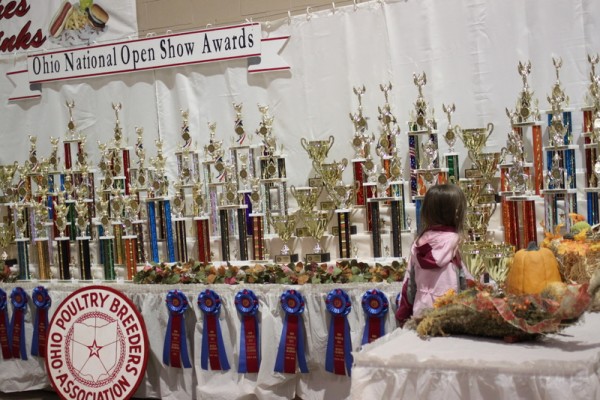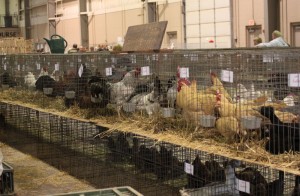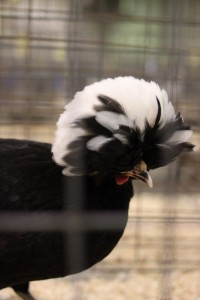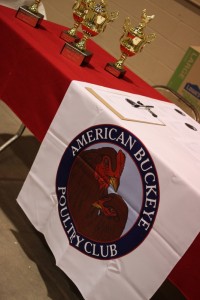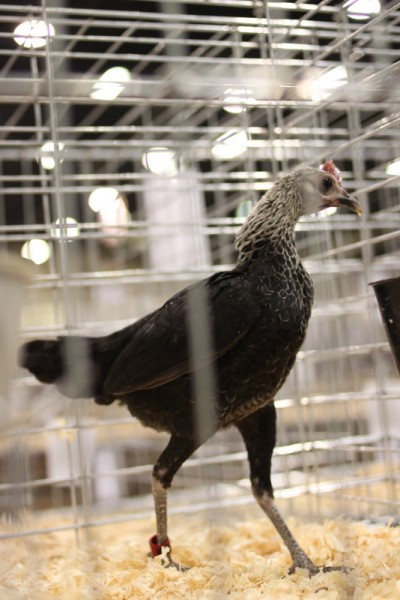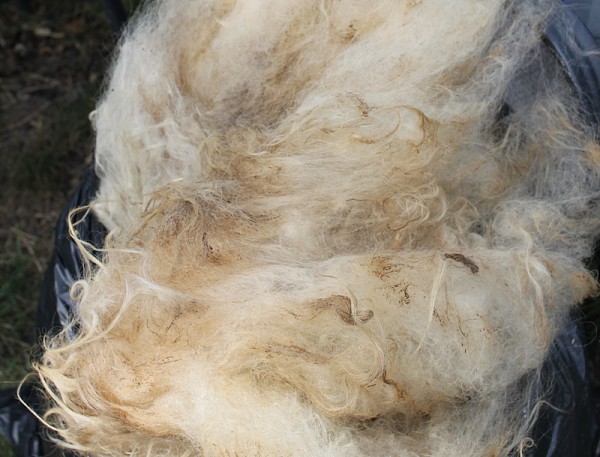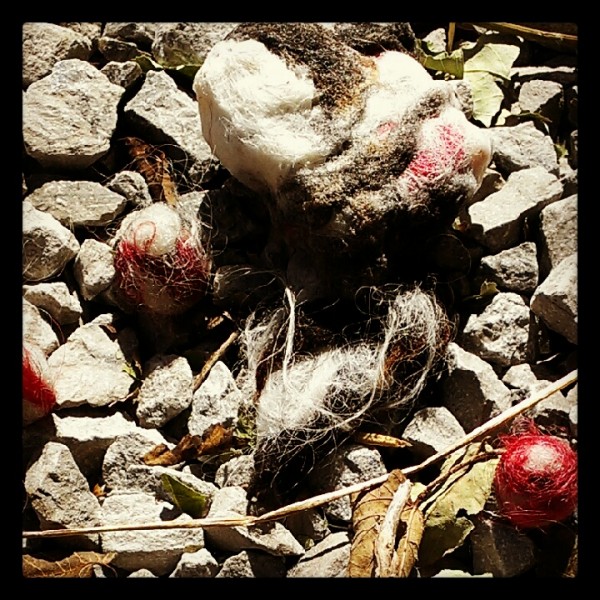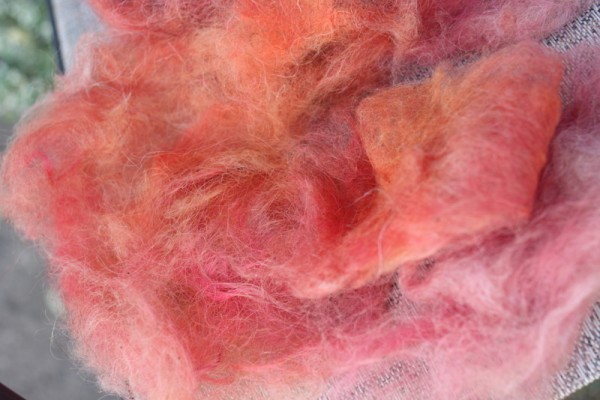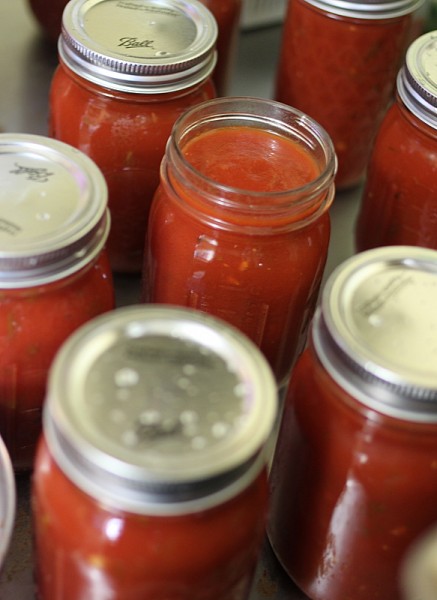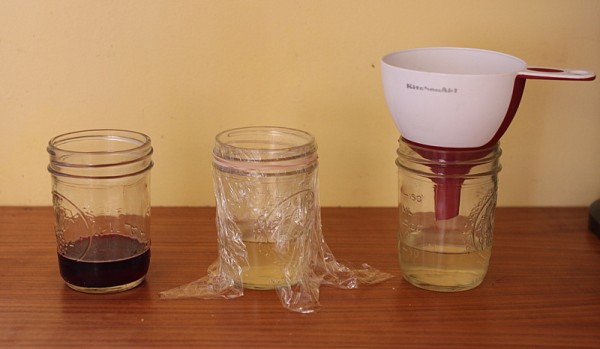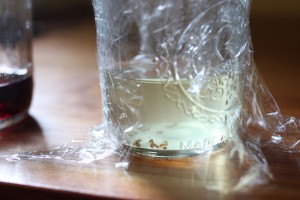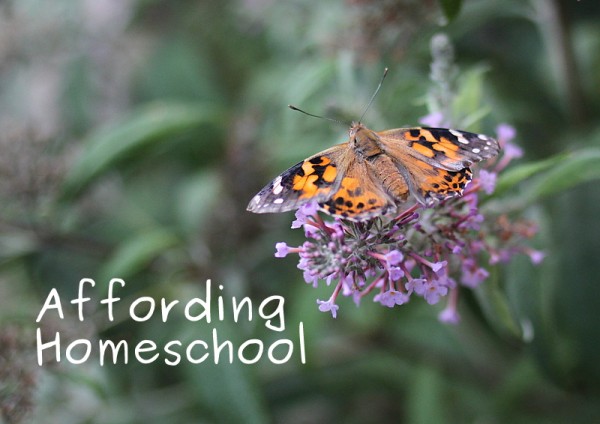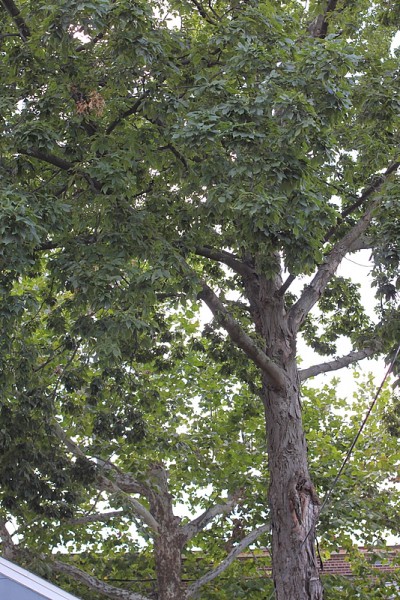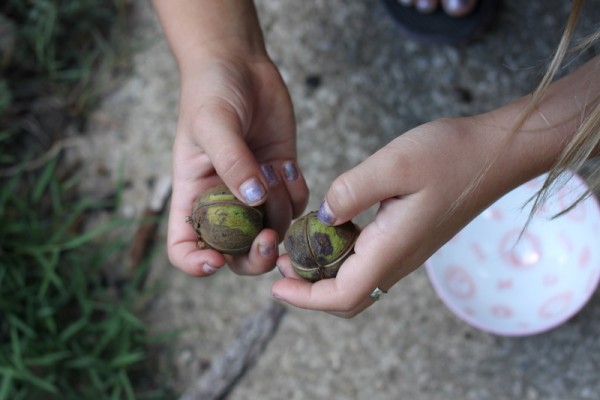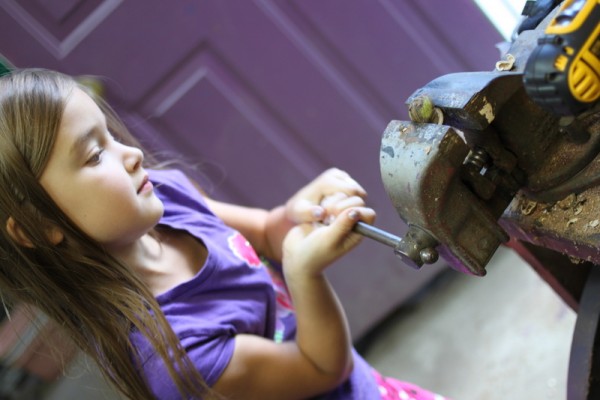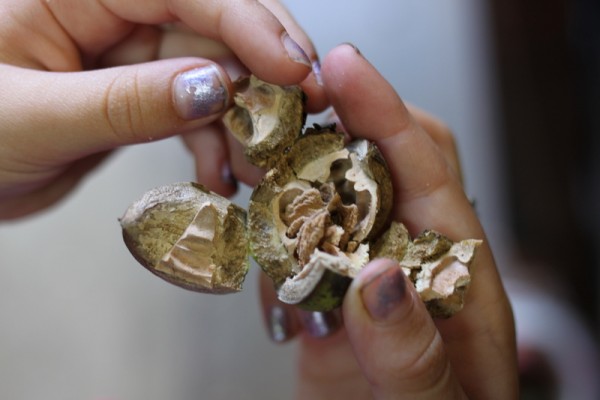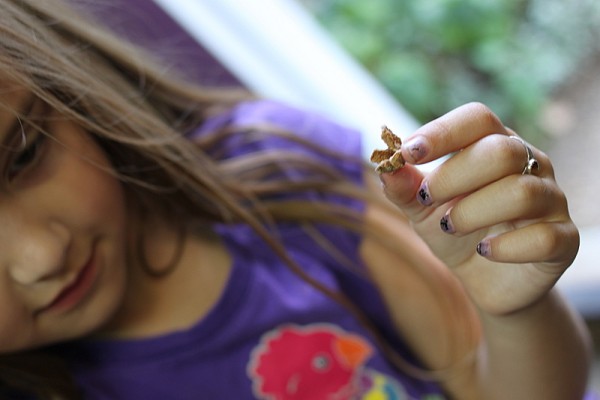Welcome to 'Back to Homeschool' week on Hounds in the Kitchen! First up: homeschooling legal requirements.
Whether families choose to unschool, follow curriculum, or road school, we all must do a few basic things to stay 'legal': notify the school district and assess progress. Each state differs in their educational requirements; below, I explain how my family follows Ohio homeschool rules.
Notify
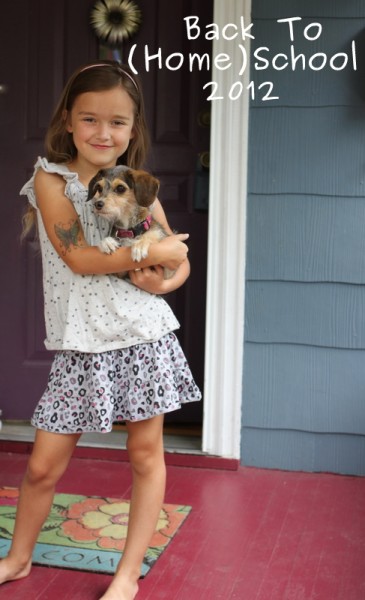 Before the beginning of the traditional school year when the child turns six years of age, parents in Ohio must notify the superintendent of their home district in writing of the intent to home educate. The notification letter must contain specific information about the student, qualifications of the parent (minimum of a high school diploma) and a list of intended home education subjects and materials to meet the minimum 900 hours of instruction. Read the Ohio Administrative Code for all the details needed in the notification letter.
Before the beginning of the traditional school year when the child turns six years of age, parents in Ohio must notify the superintendent of their home district in writing of the intent to home educate. The notification letter must contain specific information about the student, qualifications of the parent (minimum of a high school diploma) and a list of intended home education subjects and materials to meet the minimum 900 hours of instruction. Read the Ohio Administrative Code for all the details needed in the notification letter.
I use the Ohio Academic Content Standards to develop our list of intended subjects. Our materials include the collection of the Columbus Public Library, encyclopedias, field trips around the world, and nature. I can share share our letter via email if you wish to use it as a template for your own.
According to code, the superintendent has fourteen days to respond with a letter excusing the child from school attendance. In our experience, the Columbus Public Schools exceeded this period but did eventually send the excuse letter for Lil's 2011-2012 school year. As of today, August 27, 2012, we are still waiting to hear back from our letter sent August 1, 2012.
When I receive the excuse letter, I scan it in the computer and save to Dropbox to have a digital record. Then, I keep a copy in my purse to receive teacher discounts and prove home education excuse in the unlikely event that someone would accuse Lil of truancy.
Plan a Portfolio
There are two common ways to assess annual progress in Ohio: via standardized tests or a portfolio review by a certified teacher. Given that opposition to standardized tests are one of the reasons my family homeschools, we go with the latter option.
I keep a binder filled with clear document sleeves in our family desk. Throughout the year, I tuck writing samples, ticket stubs, artwork, and other tangibles of our unschooling in the sleeves.
At the end of the year, Lil and I go through the papers and decide what best represents our year. I then three-hole-punch the materials and thread them into a folder labelled with the appropriate homeschool year. I reuse the plastic sleeve binder for the next year.
Alex's parents homeschool Lil one afternoon a week. They keep their own portfolio by printing a picture and writing something about what they did every session.
Certify
The final step in our homeschool year is assessment. We chose Lil's homeschool gym teacher, Chris Quickert, for an evaluation interview. Lil read him a picture book, shared artwork and pictures, and told him about her unschool year. I learned some things at the interview too: when Coach Chris asked Lil what she liked best about homeschooling, she answered 'reading'. What does she like least? Math from a book, meaning workbooks that we haven't touched for months.
Chris provided a very simple letter that certified Lil was progressing. I sent his 2011-2012 evaluation letter to the Columbus City Schools superintendent with our 2012-2013 notification letter.
How do you keep track of the legalities? What else do you hope I'll cover in Back to Homeschool week?
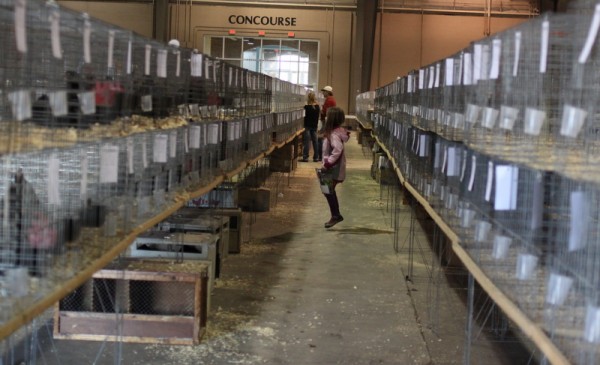 You may not be able to see, but Lil is bouncing up and down in this picture. The reason? The Ohio National Poultry Show.
You may not be able to see, but Lil is bouncing up and down in this picture. The reason? The Ohio National Poultry Show.